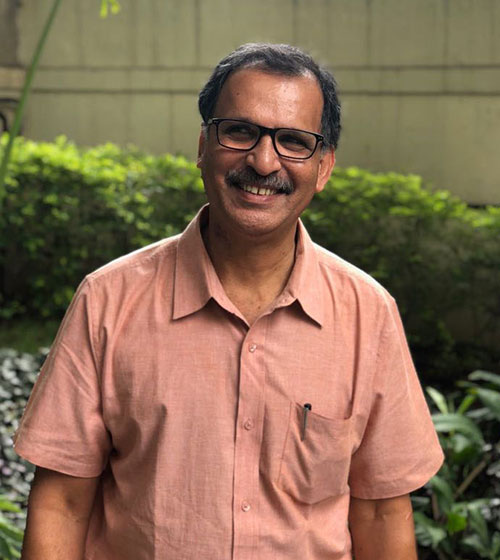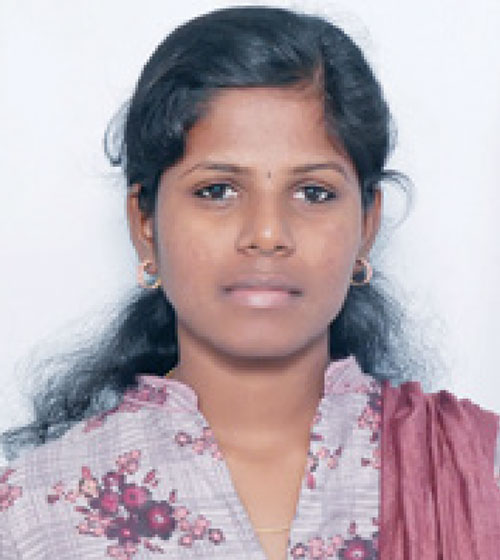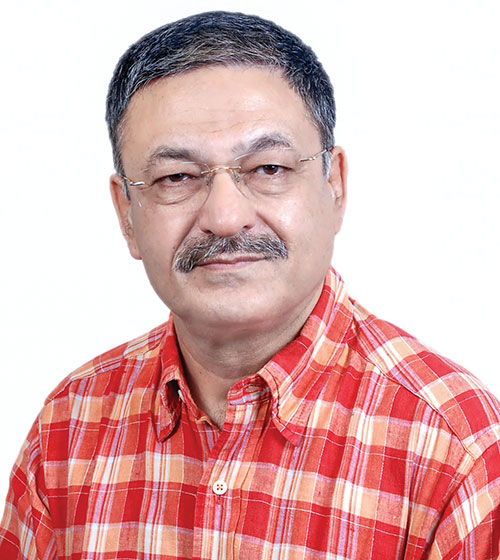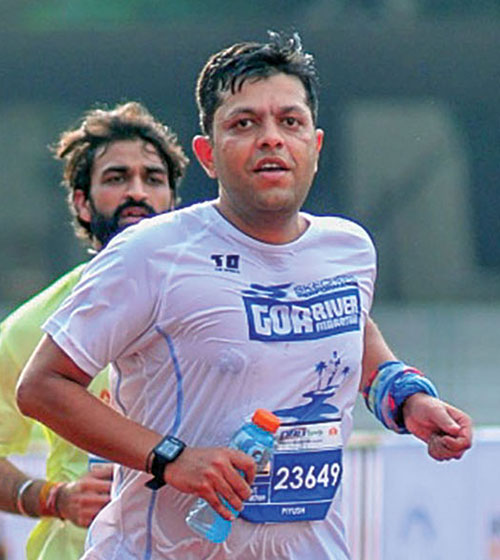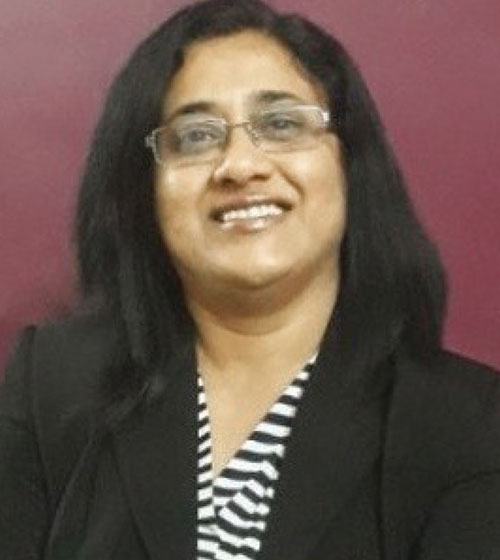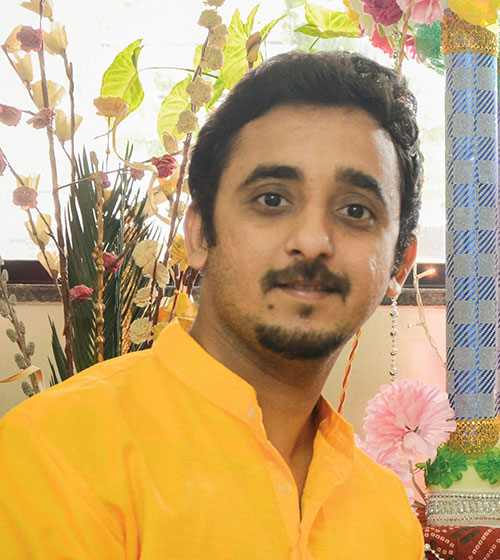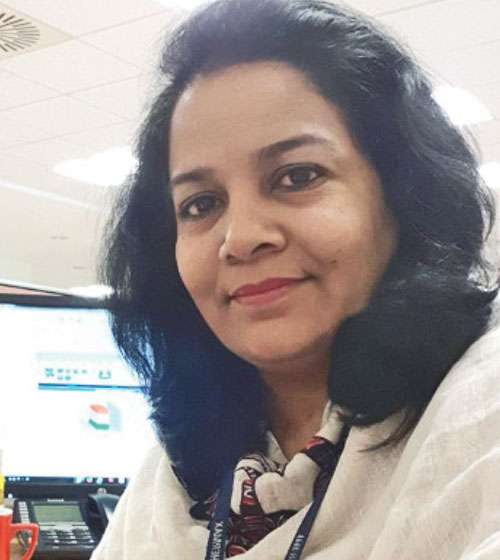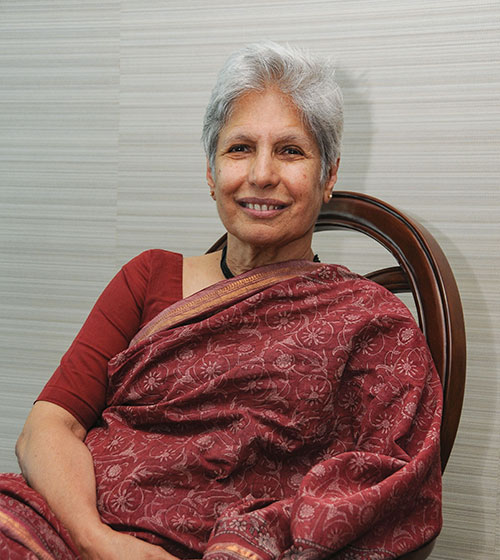When it is time to say goodbye after 33 years of communication work for companies (20 for Thermax), there’s the formal job of handing over files and documents. Beyond that, there is the expected and essential transfer of knowledge: the understanding that resides not in files and folders, but in the minds and hearts of practitioners of a discipline. Happily, the remarkable editorial freedom that communication professionals enjoy within Thermax enables such a transfer.
So, what do I tell the new team of Swastika and Chitra and Akansha?
Should I borrow the words of Bernard Shaw to say that this job was a sort of splendid torch that I wanted to burn as brightly as possible before handing it on to future generations? I am no Shaw and here that would sound pompous. Should it be the Soviet era joke about succession – the one about those two envelopes that Stalin left behind for his successor Khruschev, asking him to open the first when the first real threat to his chair emerges, and the second one only in a truly hopeless situation? Years later, on opening the first envelope, Krushchev read, ‘Blame everything on Stalin.’ Much later, when he felt his time was up, he opened Stalin’s second life-saver. Again, just one line: ‘Prepare two envelopes.’ No, Thermax is a far better workplace to merit such a cynical approach. Or, should I adopt some TED talker’s line about feeling humbled to leave behind for the amazingly talented new generation, those (equally incredible) insights? That won’t do. Too phoney for my taste.
There’s no standard way of extracting some sense from that amorphous ragbag called experience. So, let me potter around my unkempt garden and gather a sheaf of remembrances. Or, lessons, if that suits the occasion.
Here’s one I learned from Ahmed, my predecessor. He used to say that communication should be contemplative action and, by way of illustrating the idea, he brought in the example of the archers of our North East. A trained archer would walk around the target, pause and take aim, change his stance, walk a few steps to another spot, view the target from another angle. This would go on, sometimes for a boringly long time. Then, with a new purpose, the archer will stride to one spot, take aim, point the arrow and release the bow. Hits the bull’s eye.
Yes, jumping into activity is all too easy, and especially so with communication which often can give the illusion of action. Like Chaplin running up the escalator… Instead, it would work better if we bring in a little thoughtfulness, ask for more – more of information, photographs, perspectives, a better brief, more of everything – and wait for ideas to mature. Now that the Alfonso season is over, many of us will again remember the difference between the disappointing taste of mangos hastily brought to the market for quick bucks, and the glorious ripeness that comes from sunlight and the quiet days of waiting.
Let me bring in another visual: of a child sitting at a window or on a wall, looking at the world, one leg inside and the other dangling outside. That image of being, at the same time, at home and the world outside – if only organisational communication can achieve that harmony while engaging with employees and the outside world. Now, websites can be accessed by anyone, employees or external public. Still, the challenge of crafting communication for different audiences remain. Much before digital communication dissolved boundaries between inside and outside, Fireside had attempted such a composite conversation by reaching out to both employees and the external public, in one go. Not many house magazines do that. This approach was not limited only to Fireside and it has had two consequences inside Thermax: one, barring some rare instance, Thermax employees get to hear about their company first from internal news platforms and not from the mass media. Secondly, the thought that a wider public will be reading the housemag, influences the choice and presentation of editorial material. Though we may not have succeeded every time, there is always a sense of care, a touch of finesse that this publication has aspired to.
Today, digital platforms and the social media have extended the communicators’ horizons. Their versatility in integrating text and video, quick access and their phenomenal reach make them exciting tools. But as with traditional forms of communication from an earlier time, they too demand the same attention to detail and fact checks. More so, especially when speed, so integral to the digital world, can also derail the best of intentions. The old sentinels of journalism – what, when, where, who, how – are still essential when we put together a story or a communique, be it on Thermax website or Twitter, Fireside or Facebook.
We must be clear-eyed about what new technologies can accomplish. Let me share this anecdote attributed to Jean Cocteau, the poet and filmmaker, as he made the crucial distinction between the medium and the message. When Cocteau in the 1950s was told that there is no future for films unless they are made for the wide screen technology of cinemascope, he remarked that next time when he writes a poem, he will ask for a bigger sheet of paper.
Finally, there is language. Though there is a surfeit of visuals in today’s world and smart phones have reduced conversations to emojis and memes, language will prevail. Even if the whole world is burning down or if astronomers discover nine more earths, and even if the cameras are live streaming these epochal events, we will still need words to tell ourselves what’s happening and why they happened.
At Thermax, we are fortunate to have the legacy of Rohinton Aga, one of those rare business leaders who could use plain English eloquently to explain, to express and to communicate. Read his articles and you will see that he used language not to fog or to confuse, but to clarify and to make things meaningful. This legacy of clear communication should continue across media, across platforms to position Thermax as a warm and living entity.
– A.M. Roshan
(Ex-Thermaxian)

